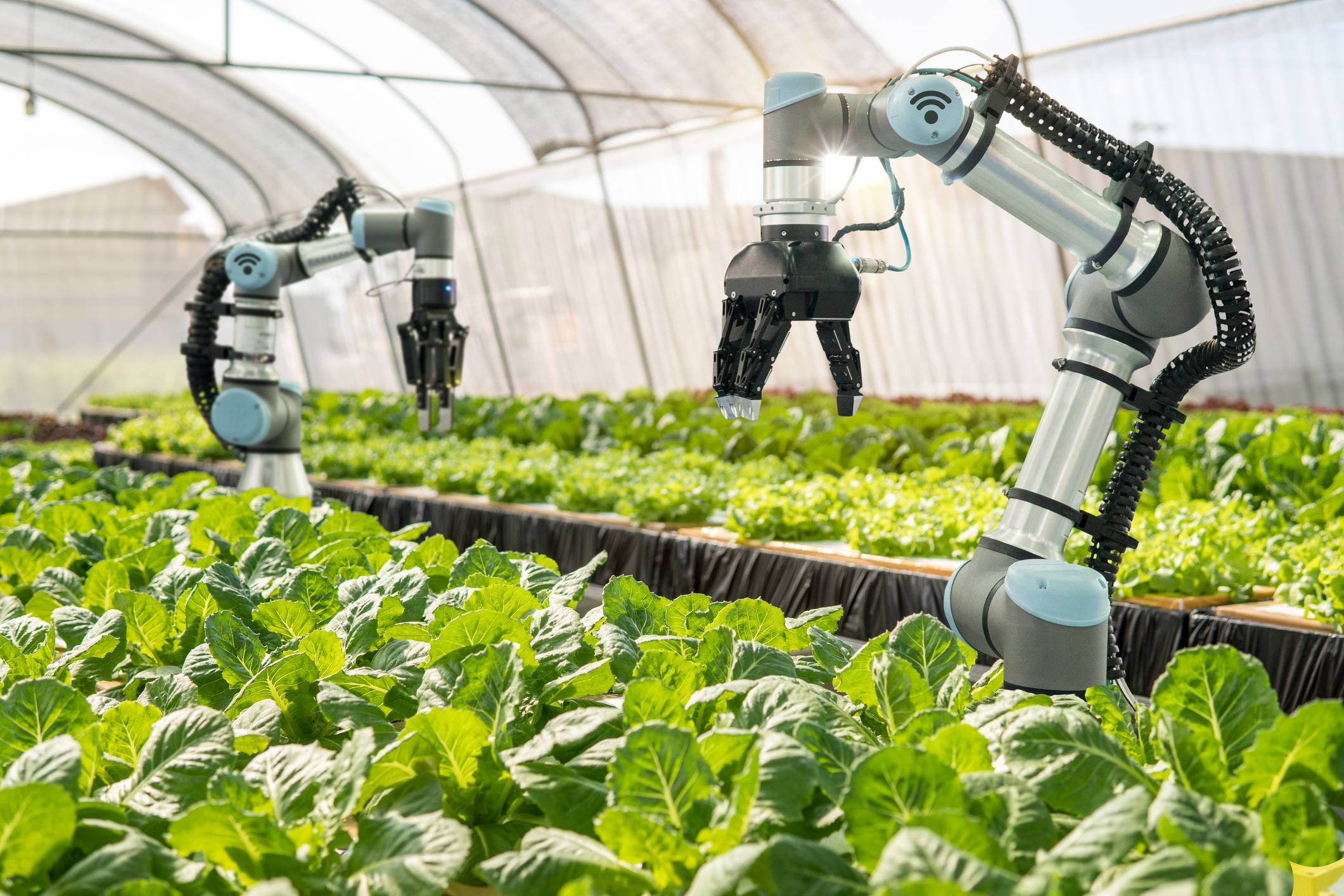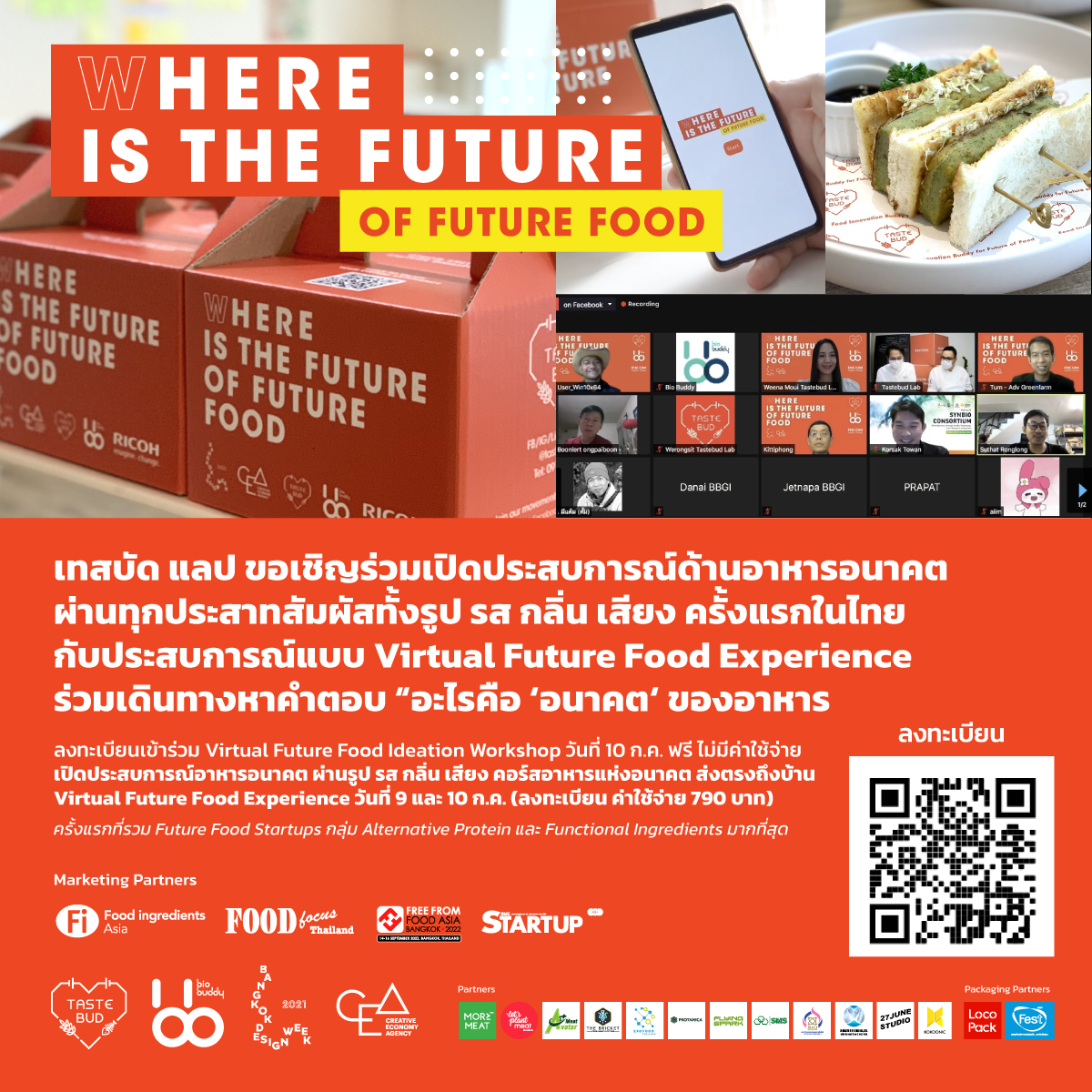The Future of Free Play and Food: A Glimpse into 2025
Related Articles: The Future of Free Play and Food: A Glimpse into 2025
Introduction
With great pleasure, we will explore the intriguing topic related to The Future of Free Play and Food: A Glimpse into 2025. Let’s weave interesting information and offer fresh perspectives to the readers.
Table of Content
The Future of Free Play and Food: A Glimpse into 2025

The year 2025 is on the horizon, and with it comes a wave of technological advancements that are poised to reshape the landscape of entertainment and sustenance. The convergence of free-to-play gaming, augmented reality, and innovative food technologies promises a future where interactive experiences and culinary delights are intertwined in unprecedented ways.
Free-to-Play Gaming: A Gateway to Immersive Experiences
Free-to-play gaming has already revolutionized the gaming industry, offering accessible and engaging experiences to a wider audience. In 2025, this trend is expected to intensify, with developers focusing on creating immersive worlds and captivating narratives that are free to explore, while offering optional in-game purchases for enhanced features or cosmetic items.
Several factors contribute to the growth of free-to-play gaming:
- Accessibility: Free-to-play games eliminate the financial barrier to entry, allowing players of all backgrounds to enjoy engaging experiences.
- Mobile Gaming: The proliferation of smartphones and tablets has made mobile gaming a dominant force, and free-to-play games are perfectly suited for this platform.
- Microtransactions: Monetization through microtransactions provides a sustainable business model, allowing developers to invest in creating high-quality content and continuously update their games.
- Community Building: Free-to-play games often foster vibrant communities, encouraging players to interact, compete, and collaborate, enhancing the overall gaming experience.
Augmented Reality: Blurring the Lines Between Reality and Virtual Worlds
Augmented reality (AR) technology is poised to play a pivotal role in transforming how we interact with our environment and experience entertainment. In 2025, AR is expected to seamlessly integrate with free-to-play games, creating immersive experiences that blur the lines between the virtual and the real.
Here’s how AR is set to enhance free-to-play gaming:
- Location-Based Gameplay: AR can transform real-world locations into interactive game environments, encouraging players to explore their surroundings and discover hidden elements.
- Interactive Objects: AR can overlay virtual objects onto the real world, allowing players to interact with them in a tangible way.
- Social Gaming: AR can facilitate social interactions within the game world, enabling players to connect with friends and strangers in new and exciting ways.
Food 2025: A Fusion of Technology, Sustainability, and Personalized Nutrition
The food industry is undergoing a transformation driven by technology, sustainability, and a growing awareness of personalized nutrition. In 2025, food is expected to become more personalized, efficient, and environmentally conscious.
Here are some key trends shaping the future of food:
- Personalized Nutrition: Advancements in genetic testing and nutritional science are paving the way for personalized dietary recommendations tailored to individual needs and preferences.
- Sustainable Food Production: Growing concerns about climate change and resource depletion are driving the development of sustainable food production methods, such as vertical farming and precision agriculture.
- Food Tech Innovations: Emerging technologies like 3D printing and cell-based meat are revolutionizing food production, offering alternatives to traditional methods.
- Food as Entertainment: The fusion of food and entertainment is gaining traction, with interactive dining experiences, culinary games, and virtual food tastings becoming increasingly popular.
The Intersection of Free Games and Food in 2025
The confluence of free-to-play gaming, augmented reality, and food innovation presents a unique opportunity to create engaging and enriching experiences that combine entertainment and sustenance. Here are some potential scenarios:
- AR-Enhanced Culinary Games: Imagine playing a game where you use your smartphone to scan ingredients and discover recipes, or participate in a virtual cooking competition where you compete against other players in real-time.
- Personalized Nutrition Games: AR could be used to create interactive games that educate players about healthy eating habits, guide them through personalized meal plans, and encourage them to make healthier food choices.
- Interactive Food Experiences: AR could transform restaurants into interactive entertainment venues, allowing diners to experience virtual food tours, learn about the origins of their ingredients, or even engage in virtual cooking classes.
FAQs about Free Games and Food in 2025
Q: What are the potential benefits of combining free games and food in 2025?
A: This combination offers numerous benefits, including:
- Increased Engagement with Healthy Eating: Games can make learning about healthy eating habits more engaging and fun.
- Enhanced Culinary Experiences: Interactive gaming elements can enhance dining experiences, making them more entertaining and educational.
- Community Building around Food: Games can foster communities around shared interests in food, promoting knowledge sharing and collaboration.
Q: What are the potential challenges of integrating free games and food?
A: There are also challenges to consider:
- Balancing Entertainment and Education: Striking a balance between entertainment and educational content is crucial to ensure that games are engaging and informative.
- Privacy Concerns: The collection and use of data related to food preferences and dietary habits raise privacy concerns that need to be addressed.
- Accessibility and Equity: Ensuring that these experiences are accessible to all, regardless of socioeconomic status or technological literacy, is essential.
Tips for Developers and Consumers
- Focus on User Experience: Games should be designed with user-friendliness and accessibility in mind.
- Prioritize Education and Awareness: Games can be used to educate players about nutrition, sustainable food practices, and food cultures.
- Encourage Collaboration: Developers and food industry professionals can collaborate to create innovative and engaging experiences.
- Be Mindful of Privacy: Developers must prioritize data security and user privacy when collecting and using personal information.
- Embrace Diversity and Inclusion: Games should be designed to appeal to a wide range of users, reflecting the diversity of food cultures and preferences.
Conclusion
The future of free-to-play gaming and food in 2025 is brimming with possibilities. The convergence of these two sectors promises to create a world where entertainment and sustenance are intertwined, enhancing our lives in ways we can only imagine. By embracing innovation, prioritizing user experience, and fostering collaboration, we can harness the power of technology to create a future where free games and food play a transformative role in our daily lives.








Closure
Thus, we hope this article has provided valuable insights into The Future of Free Play and Food: A Glimpse into 2025. We thank you for taking the time to read this article. See you in our next article!